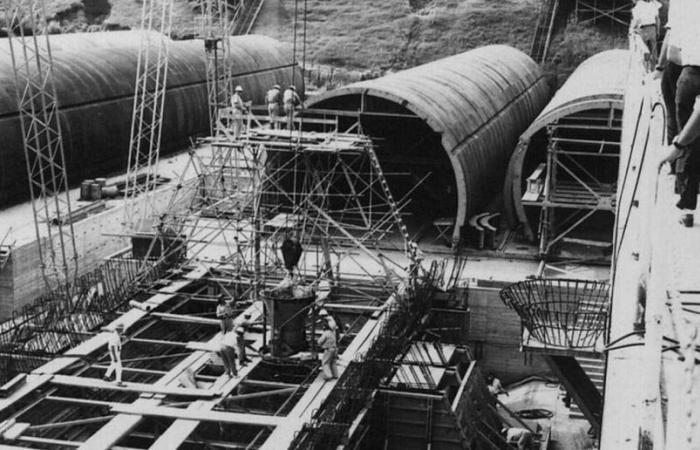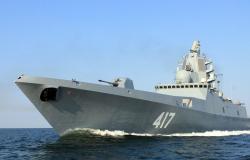
Sunday 16.6.2024
/
Last update 18:02
The Subfluvial Tunnel commemorated the 64th anniversary of the signing of the Treaty that ordered its construction. For this reason, a ceremony was held in which the representatives of Santa Fe and Entre Ríos in that biprovincial entity, Lisandro Nelson Villar and Eduardo López Segura, participated.
“June 15 is one of the fundamental dates included in the Tunnel Events Program and on this occasion we proposed to the directory to enable an exhibition for the general public that allows those who visit us to take a “Chronological Walk”, where they can observe, in addition to historical objects, film records and period photographs, and a copy of the Interprovincial Treaty signed by governors Uranga and Sylvestre Begnis in 1960,” explained Norma Benzaquín, responsible for the Historical Archive of that biprovincial entity.
The representative of the Government of Santa Fe, Lisandro Nelson Villar, with Tunnel staff during his visit to the exhibition organized by the Historical Archive. Courtesy Tunnel.
It can be visited from Tuesday the 18th, and will remain open on business days of the month until June 28, from 8 a.m. to 1 p.m.
In the Tunnel Archive, all the historical documentation of the entity is recovered, preserved and safeguarded, such as: technical documents of the work, period journalistic clippings, sealed contracts and photographs, among others.
See also
See also
Santa Fe: the lack of lighting on Route 168, a problem for which they cannot find a solution
History
The chronicle tells that at noon in December 1959, Raúl Uranga, governor of Entre Ríos, and Carlos Sylvestre Begnis, governor of Santa Fe, had lunch in a traditional Paraná restaurant. There they decided to sign the Treaty for the construction of the Subfluvial Tunnel. Six months later, on June 15, 1960, they signed this federal and historic agreement.
Archive
After decades of unsuccessful projects presented by the provinces to the national governments, the Uranga and Sylvestre Begnis decided to look for a fundamental solution: since the airspace belongs to the national State, they used a legal instrument provided for in the Argentine Constitution, referring to the celebration of treaties aimed at solving common problems. There it is established that the area located below the river bed does not belong to national jurisdiction but to the provinces.
On January 31, 1961, the bidding process envelopes were opened and the consortium formed by Hochtief-Vianini-Sailav was awarded, with a preliminary project prepared by Sailav, that is, the engineers Altgelt and Laucher.
Archive
On June 19, the consortium signs the contract with the provinces of Santa Fe and Entre Ríos, with the Sailav firm committing to prepare the final project of the work within a period of six months with the collaboration of technicians from the Hochtief firm.
See also
See also
Curiosities about the repair of the historic green tiles of the Subfluvial Tunnel
On February 3, 1962, work began with the presence of the President of the Republic, Arturo Frondizi. The Sailav firm is in charge of preparing detailed plans and directing the works, while the Hochtief and Vianini firms are responsible for the construction of the works.
Archive
Subsequently, the work would be semi-paralyzed and subject to injunctions due to lack of financing. Only on June 3, 1964, the former governors Aldo Emilio Tessio, of Santa Fe, and Carlos Contín, of Entre Ríos, under the National Government of the then President of the Nation, Dr. Arturo Umberto Illia, the act of restarting the jobs. The work would be inaugurated on December 13, 1969.
Guided visits
Archive
Likewise, the subfluvial tunnel invites citizens to take the traditional guided tour of the emblematic interprovincial link. The itinerary includes the exhibition of an audiovisual and proposes an invitation to visit the Control Room, where traffic and the air injection and extraction system are monitored, among other preventive control activities.
Archive
The activity, free of charge, allows you to tour the facilities of the interprovincial viaduct to learn about its history, details of the construction process, its present and future projection.
For more information, contact the Entity’s Social Tourism Area at telephone number 3435010924. Visits can be made from Monday to Friday, from 8 a.m. to 3 p.m.





